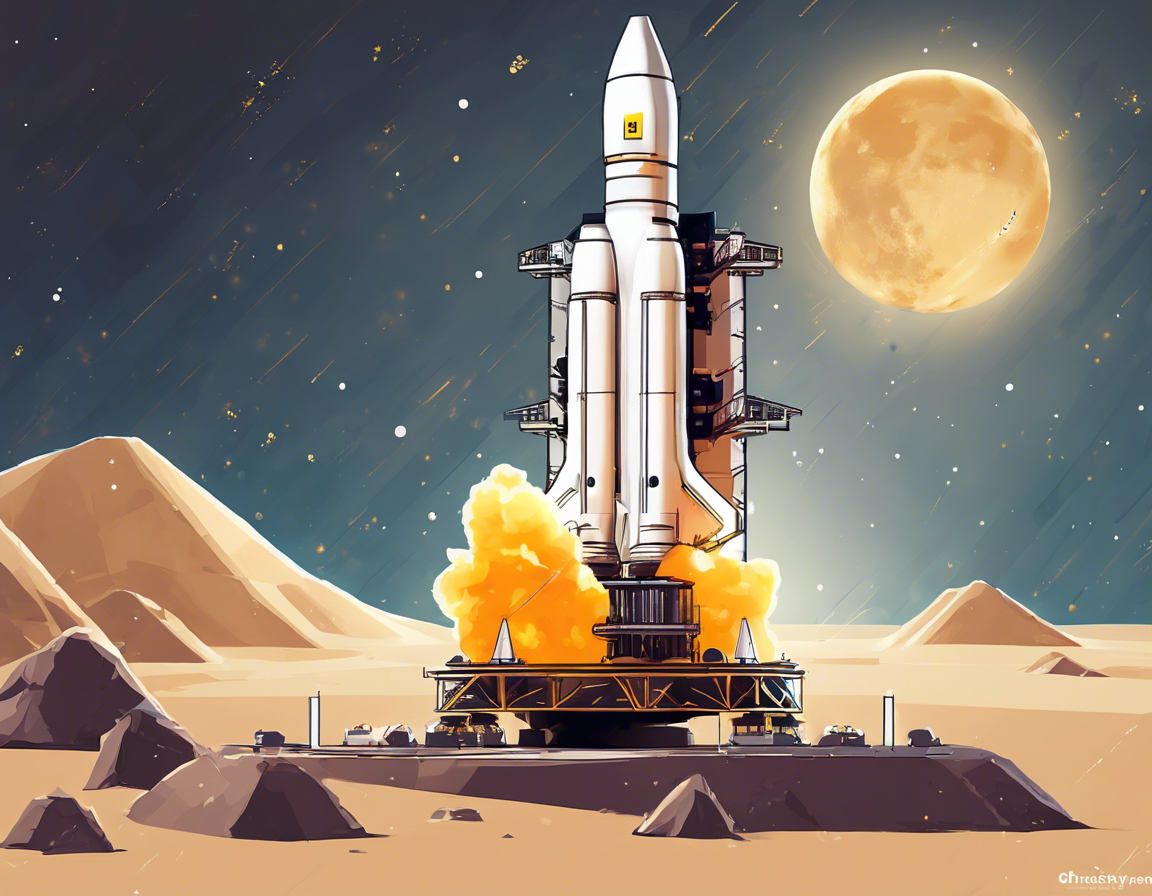
Wishes for Successful Landing of Chandrayaan 3
As we eagerly await the launch and successful landing of Chandrayaan 3, India’s third lunar exploration mission, there’s an air of anticipation and excitement in the scientific community and among space enthusiasts worldwide. Building upon the successes and learnings from Chandrayaan 1 and Chandrayaan 2, the Indian Space Research Organisation (ISRO) is poised to once again demonstrate its prowess in space exploration with this mission. Let’s delve into the intricacies of Chandrayaan 3, exploring the goals, challenges, and technologies involved in this groundbreaking endeavor.
Unveiling Chandrayaan 3
Chandrayaan 3, dubbed as India’s most ambitious lunar mission to date, aims to achieve a soft landing on the Moon’s surface, specifically near the lunar south pole region—an area rich in water ice deposits. This mission holds immense scientific significance as it seeks to unravel the mysteries of the Moon’s composition, its geological history, and the presence of resources that could one day support future human missions.
Key Objectives of Chandrayaan 3
- Soft Landing: The primary goal of Chandrayaan 3 is to successfully land a lander-rover combination on the lunar surface.
- Exploration: Conduct detailed scientific studies and analysis of the lunar terrain to enhance our understanding of the Moon’s geology and resources.
- Technological Advancements: Showcase India’s technological capabilities in space exploration, including advancements in navigation, communication, and payload deployment.
- International Collaboration: Foster collaboration with global space agencies and partners to leverage expertise and resources for mutual benefit.
The Journey Ahead
The road to a successful lunar landing is fraught with technical challenges and complexities that ISRO’s scientists and engineers are tirelessly working to overcome. From launch vehicle design to precision landing techniques, every aspect of the mission demands meticulous planning and flawless execution.
Technological Innovations
- Lander Design: Chandrayaan 3 will feature an upgraded lander design with enhanced landing gear and autonomous navigation capabilities for a more controlled descent.
- Rover Payload: The rover onboard Chandrayaan 3 will carry advanced scientific instruments to analyze soil samples, map terrain features, and conduct experiments on-site.
- Communications System: Improvements in the communication systems will enable real-time data transmission between the lander, rover, and Earth stations.
- Navigation Software: High-precision navigation software will facilitate accurate landing site selection and obstacle avoidance during the descent phase.
FAQs about Chandrayaan 3
1. When is the scheduled launch of Chandrayaan 3?
The launch date of Chandrayaan 3 is yet to be officially announced by ISRO. Stay tuned for updates on the launch schedule.
2. What are the major differences between Chandrayaan 3 and its predecessors?
Chandrayaan 3 is primarily a lander-rover mission, focusing on achieving a soft landing and surface exploration, unlike Chandrayaan 1 and 2, which had orbiter components.
3. Which technologies have been indigenous developed for Chandrayaan 3?
ISRO has developed indigenous technologies for navigation, communication, thermal protection systems, rover mobility, and scientific payloads for Chandrayaan 3.
4. How will Chandrayaan 3 contribute to global lunar exploration efforts?
Chandrayaan 3 will contribute valuable data on the Moon’s geology, water resources, and surface characteristics, enhancing global understanding of our celestial neighbor.
5. What are the key scientific objectives of Chandrayaan 3?
The primary scientific objectives of Chandrayaan 3 include studying lunar geology, assessing water ice deposits, mapping surface features, and conducting experiments to advance lunar research.
6. What are the anticipated challenges during the lunar landing phase of Chandrayaan 3?
Challenges during the lunar landing phase may include achieving precise navigation, avoiding obstacles, managing lunar dust, and ensuring a safe touchdown for the lander-rover combination.
7. Will Chandrayaan 3 pave the way for future manned missions to the Moon?
Chandrayaan 3’s findings and technological advancements could potentially lay the groundwork for future manned missions to the Moon, enabling India to participate in global space exploration initiatives.
8. How long is the expected duration of Chandrayaan 3’s mission on the Moon?
The mission duration of Chandrayaan 3 on the Moon will depend on the operational lifespan of the lander and rover components, with planned scientific activities and data collection throughout the mission.
9. What role will international collaboration play in Chandrayaan 3’s success?
International collaboration will enable knowledge exchange, resource sharing, and joint research efforts, enhancing the mission’s scientific output and fostering global space exploration partnerships.
10. How can the public follow the progress and updates on Chandrayaan 3?
ISRO’s official website, social media channels, and press releases will provide real-time updates, mission milestones, and important announcements related to Chandrayaan 3, allowing the public to stay informed and engaged with the mission’s progress.
As we extend our best wishes and support to the dedicated team behind Chandrayaan 3, we eagerly anticipate the successful culmination of this milestone mission that will further India’s legacy in space exploration and expand our knowledge of the lunar realm. May Chandrayaan 3 soar to new heights and inspire future generations to reach for the stars.

